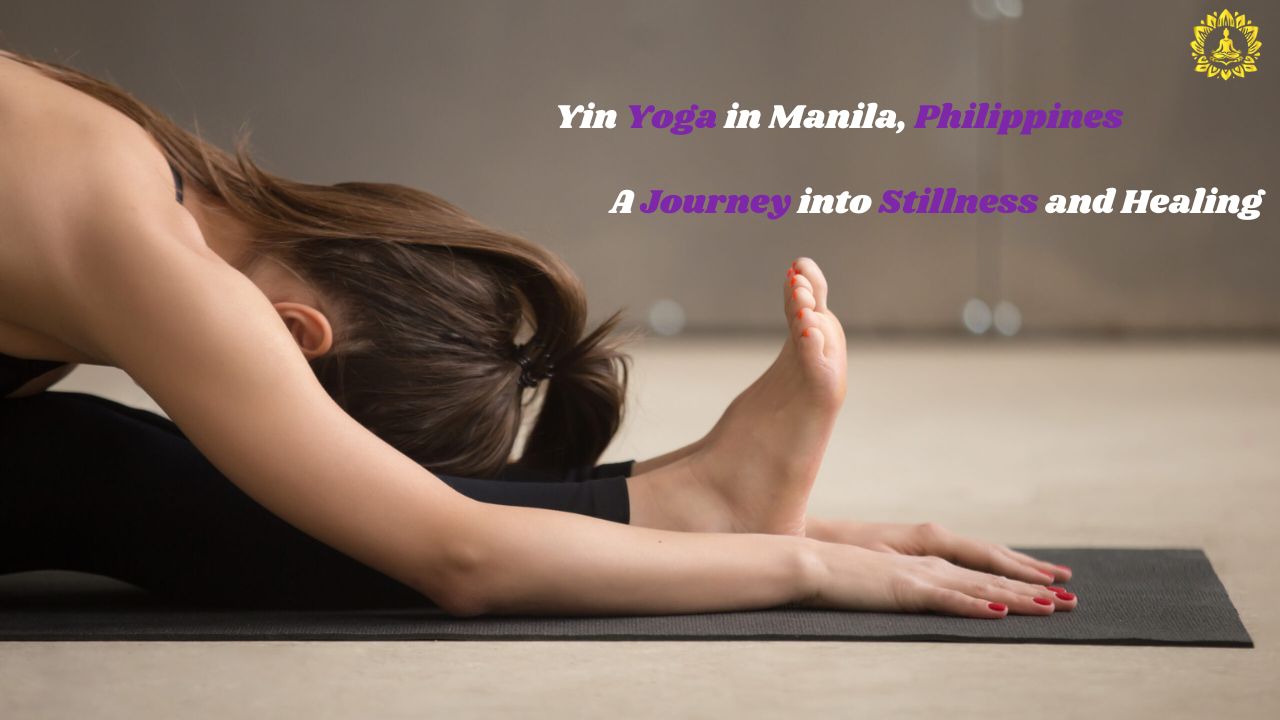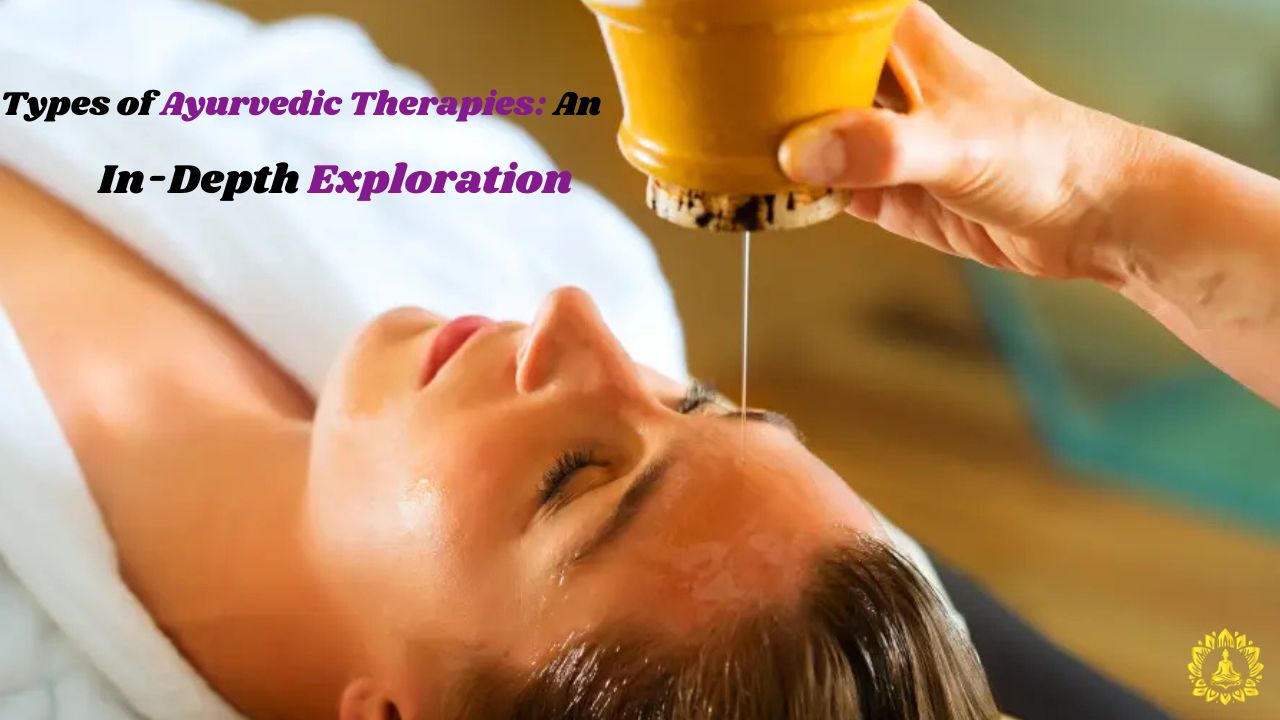The ultimate science of health and wellness, Vinyasa Yoga is known for its magnificent benefits. From physical to mental, spiritual, and even emotional, yoga helps a person in his or her complete overhaul. Yoga is the oldest science that helps rejuvenate and calm down the mind, body, and soul. From the ancient era, yoga has also experienced various changes. Evolved from a point, yoga nowadays stretches its various branches. Yoga has developed various styles and forms over the the few years. The main reason behind these changes is the need to change generations and adaptation accordingly. Each yoga style has its own benefits and approaches.
One of the most popular yoga styles that magnetize the modern generation is Vinyasa Yoga. Vinyasa yoga is known for its dynamic characteristics and the ability to face challenges. This style of yoga includes movement with the proper synchronization of breath. This is the most creative and energetic style of yoga, the root of which lies in the ancient Yoga Philosophy. There are various features that make Vinyasa yoga different from others. This transformative style of yoga is not suitable for beginners or people who don’t want to stretch their limits.

This is the most intense form of yoga that includes movement from one yoga pose to another through breath synchronization. This yoga style not only tests your patience but also helps in opening up your mind and body, and trains you to open the bundle of joy. Whether you want a transformative spiritual journey, or looking to relax your mind and soul, or are even planning to render a proper shape to the body, Vinyasa yoga offers a transformative and enriched path of health and wellness. This style of yoga helps in making you understand the changes the body went through while going with the flow, in synchronizing with the breath.
This article helps you in making understand the factual meaning, benefits, and true essence of Vinyasa Flow Yoga.
History and Origin of Vinyasa Yoga
The historical evidence claims yoga to be the oldest science of health and wellness. This yoga style lies in its roots in the traditional Indian art of overall wellness. Developed by Sri K. Pattabhi Jois, this form of yoga is a rich and beneficial form of yoga. Vinyasa is a dynamic form of yoga that offers flexibility, sequencing, and breath synchronizing in the practice. Modern-day Vinyasa yoga is derived from the ancient principles of Ashtanga yoga that allow yoga teachers and practitioners to take full control of yoga exercises and help in designing flow sequencing along with breath.
Know About Vinyasa Yoga
Coming to the true meaning of Vinyasa, it is a word that comes from the Sanskrit language that combines the words “Vi” and “Nyasa,” which implies “to place in a special way”. This meaning in the yoga knowledge refers to placing the breathing exercise in between the yoga poses, which helps in smoothing the transition from one pose to another. The rhythm of breath helps in connecting the link between two different poses, which also helps in mindfulness activities. Unlike the static style of yoga, such as Hatha Yoga, this style of yoga is intense and resembles a synchronization between breath and body. It is a dynamic and fluid flow movement.
What You Can Expect in a Vinyasa Flow Class?
The class of Vinyasa Yoga flow includes:
– Vinyasa yoga starts with a gentle warm-up session that prepares your body for the session. Warm-up exercises include Surya Namaskar or Sun Salutations.
– This form of yoga is known for its perfect flow sequence that includes moving through various seated, twisting, balancing, and standing poses.
– Continuous breathwork between poses or transitions of poses is the main part of this yoga style.
– Starting with easy and simple yoga poses, this yoga type takes you toward the challenging poses too.
– No two classes of Vinyasa are the same that help in forging creative, adaptable, and fresh environment everytime.
– Various poses, including backbends, forward folds, and hip openers, help in cooling down
– Vinyasa yoga class ends with relaxation poses such as Savasana that help in soaking up the benefits of yoga.
Know About the Principles of Vinyasa Yoga –
Synchronization of Breath with Movement
Movement from one yoga pose to another in a gentle way with the help of breath synchronization is listed as the key principle of Vinyasa Yoga. Each movement in the Vinyasa style of yoga is started or concluded with the breathwork. In this form of yoga, the inhalation process and exhalation process are accompanied by expansion and contraction movements. Contraction includes stepping back or folding forward, while expansion includes arching arms and lifting arms.
Helpful Transition
The major part of this yoga is the transition from one yoga pose to another with breath. This smooth transition is also important, just like the yoga poses in Vinyasa. This helps to create mental clarity, awareness, and sharpen the mind.
Continuous Flow
Vinyasa Flow Yoga is known for its seamless flow from one yoga pose to another by breathwork. This yoga asana produces a rhythmic flow from one asana to another creating a smooth transition. Unlike other poses where one holds for a longer time in a specific posture, this yoga style also keeps smooth movement.
Proper Sequencing
This style of yoga starts with a gentle warm-up followed by basic and easy yoga poses. This helps in making you prepare for the peak Vinyasa yoga poses. The class ends with a soothing yoga exercise like Savasana. In between each pose, breath synchronization is there that helps in proper transition. A Vinyasa yoga class is always sequence in the perfect way so that one can prepare body for challenging poses and encourage safe yoga practices.
Read More : The Importance of Yoga Teacher Training: A Path to Transformation
Benefits of Vinyasa Yoga
– Repetitive flow movements and stretching help in enhancing the flexibility of muscles and joints
– Regular practice of Vinyasa flow helps in building stamina and strength by providing strength to muscles, improving cardiovascular health, and increasing endurance
– The smooth transition flow during the poses helps in building awareness, balance, and coordination.
– Vinyasa yoga is best for releasing stress, and relaxation, promoting inner calmness, and regulates nervous system.
– Synchronization of movement and breath helps keep the person attentive and enhances mindfulness
– Vinyasa yoga is the best yoga form that supports detoxification by releasing toxins from the body.
Various Poses in Vinyasa Yoga
Surya Namaskar or Sun salutation works as the backbone of Vinyasa Yoga. However, various other common yoga poses in Vinyasa Yoga include:
Cobra or Upward-Facing Dog or
Bhujangasana or Urdhva Mukha Svanasana
Warrior Poses or Virabhadrasana
Child’s Pose or Balasana
Downward-Facing Dog or Adho Mukha Svanasana
Low Plank or Chaturanga Dandasana
Mountain Pose or Tadasana
Triangle Pose or Trikonasana







